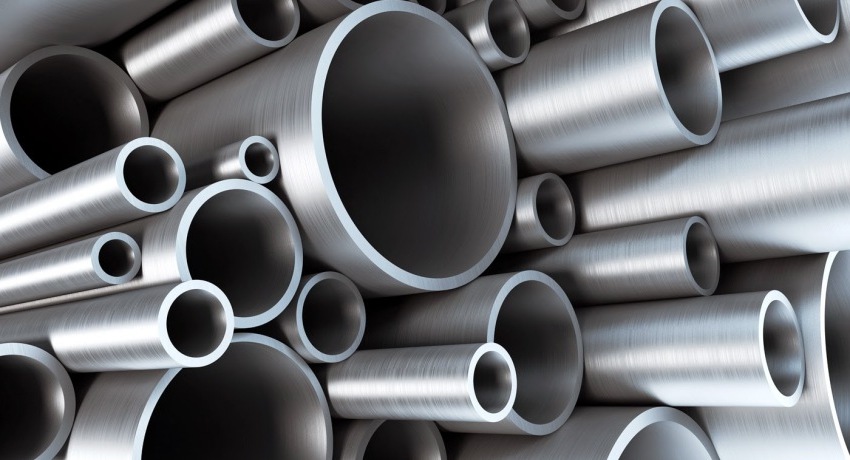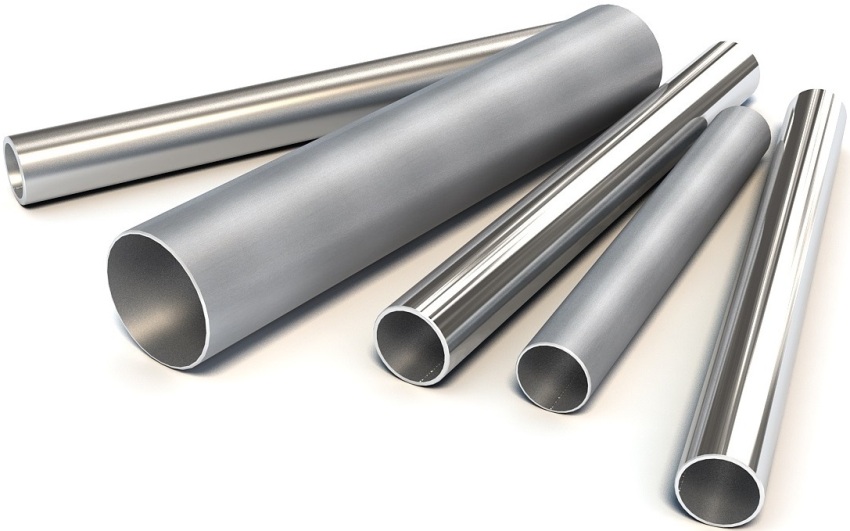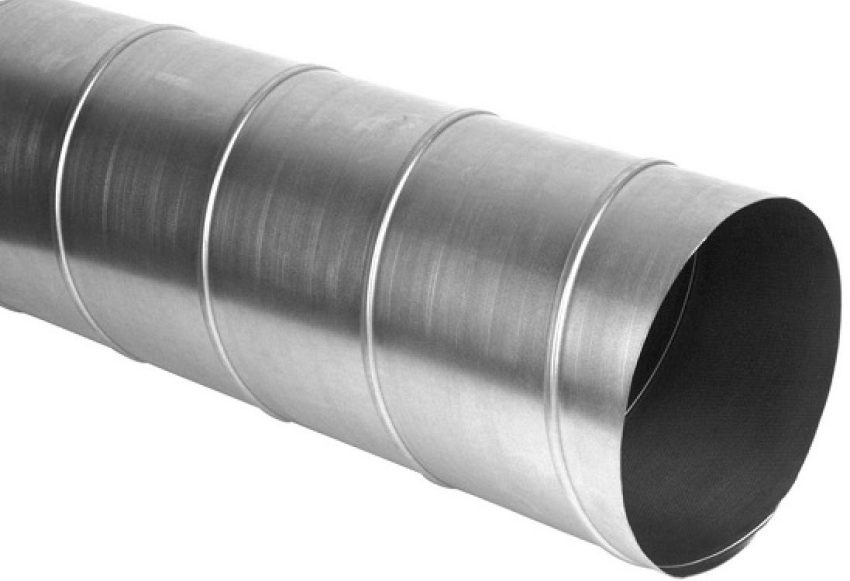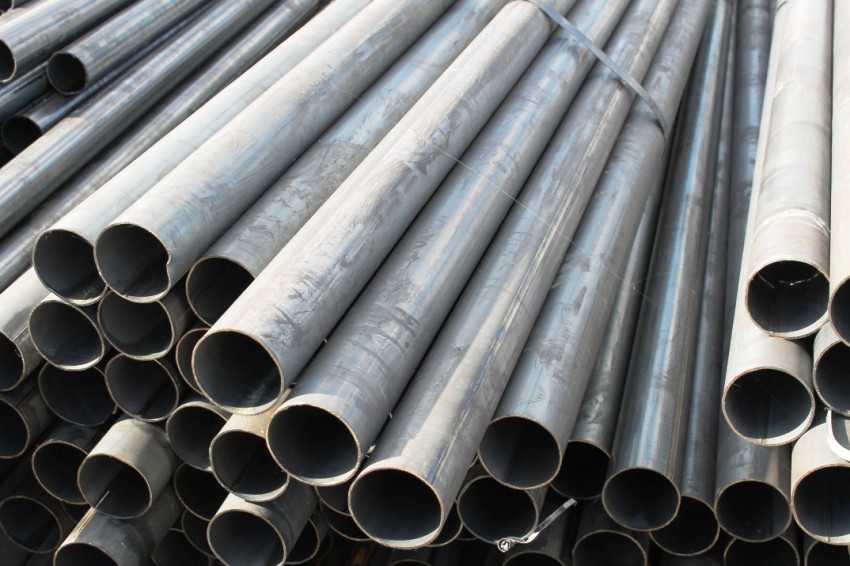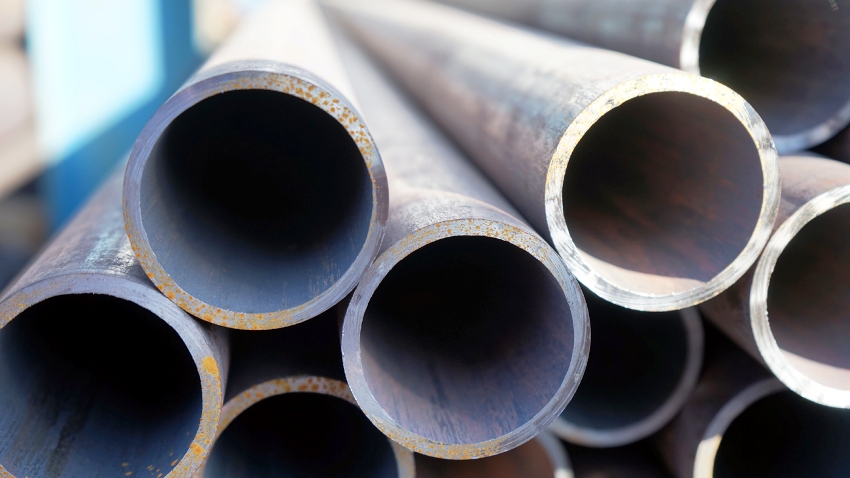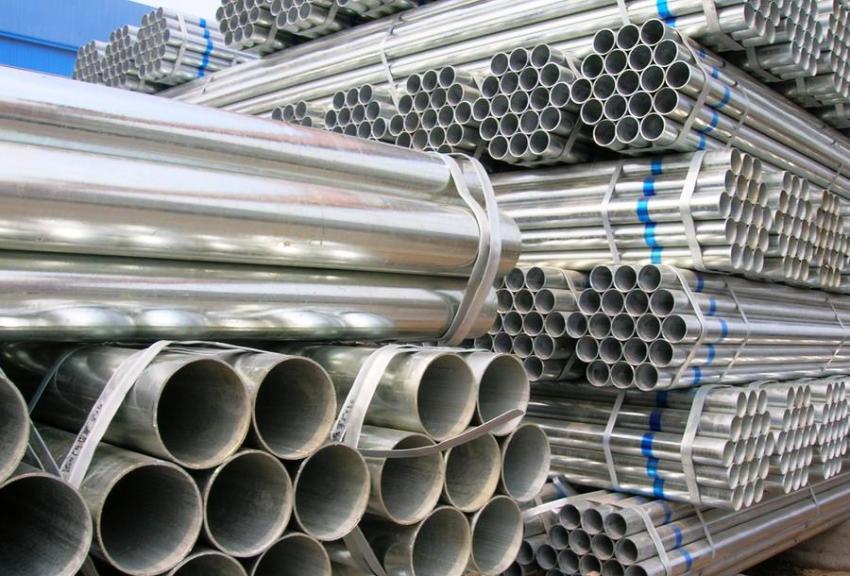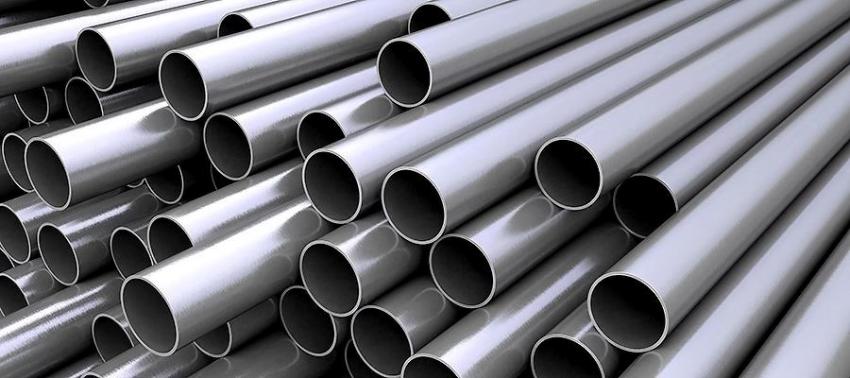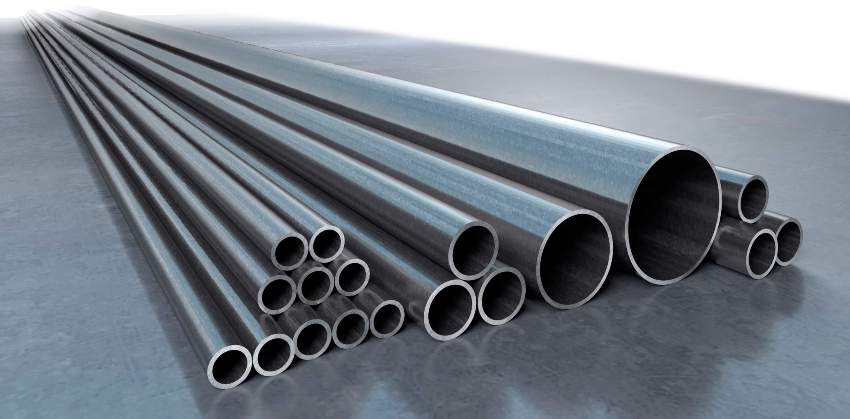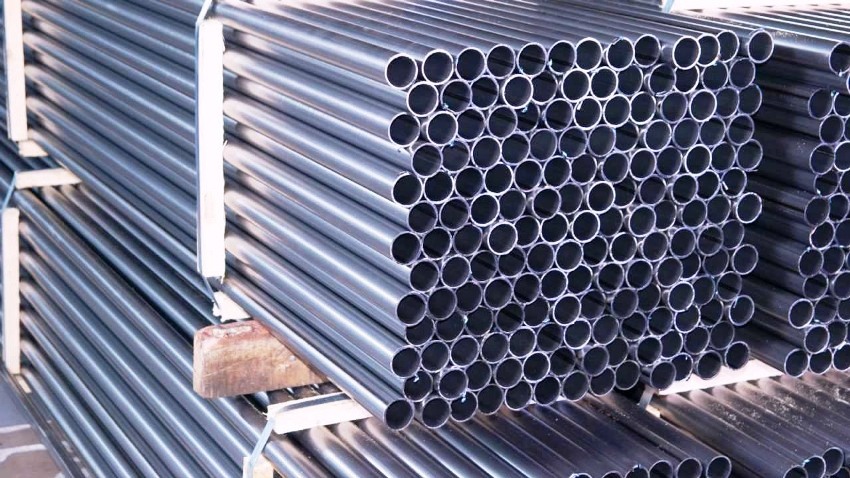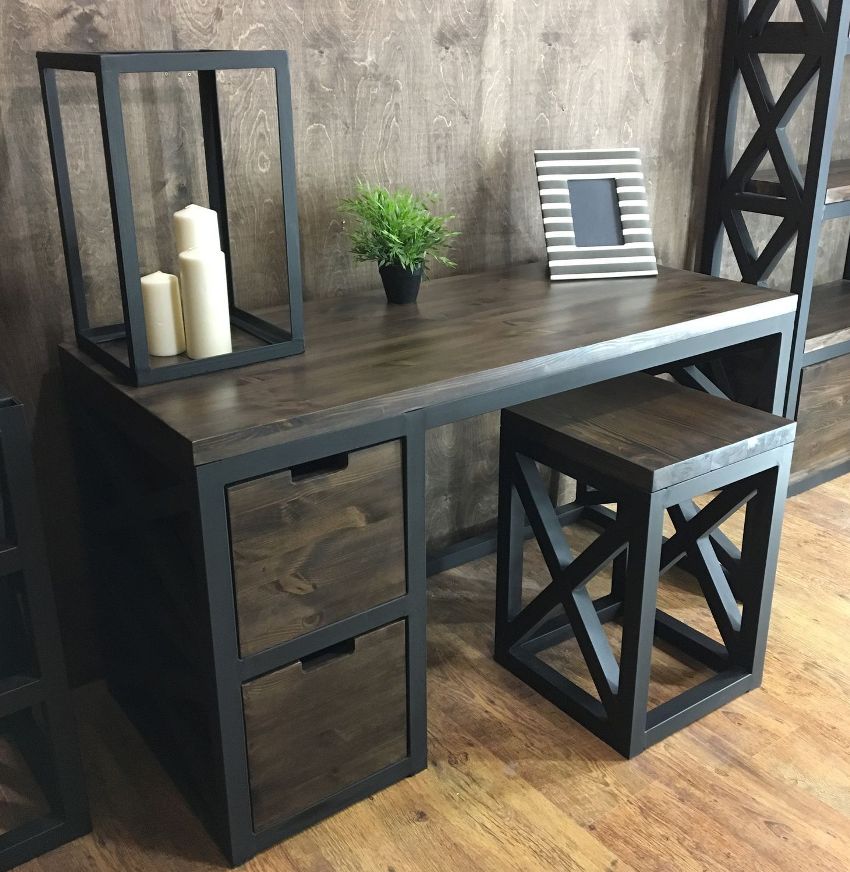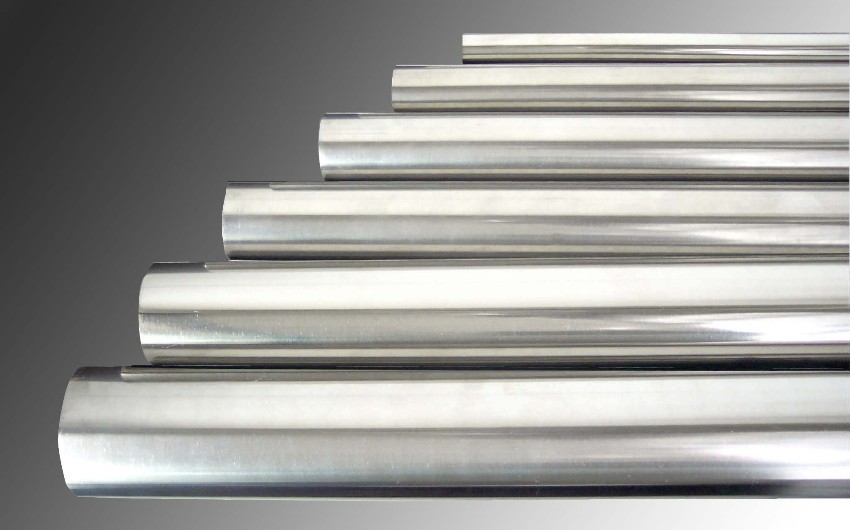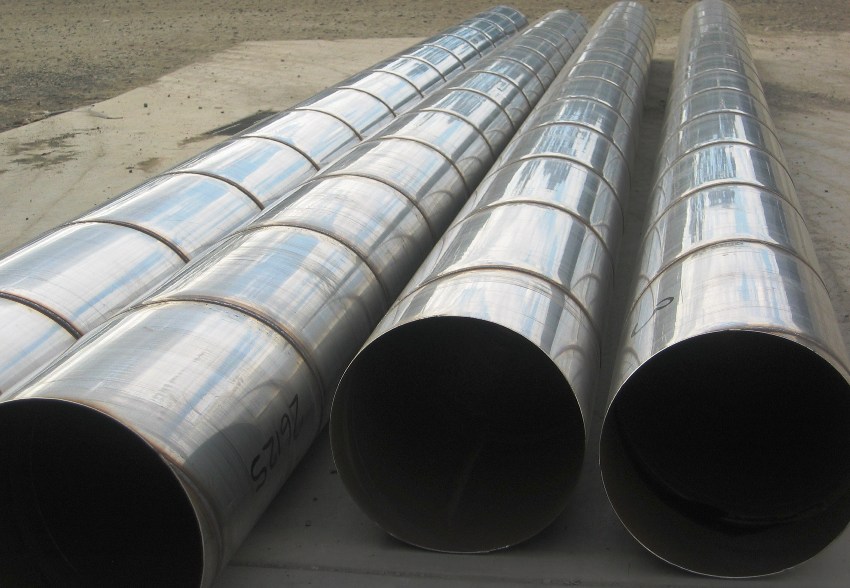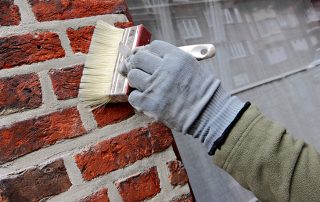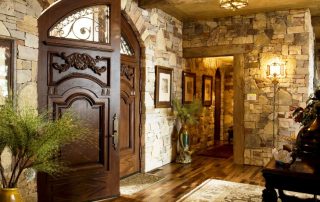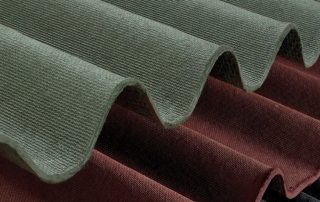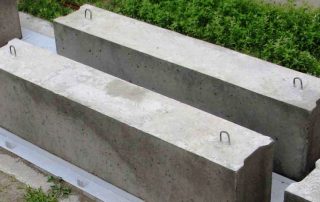Despite the fact that recently polymer pipes have gained significant popularity for industrial and domestic needs, steel products are still in great demand. This is due to the high strength characteristics of the material, which can withstand significant mechanical loads. GOSTs of steel pipes, in which the requirements for quality products are clearly regulated, are presented in a wide range.
Content
- 1 Varieties of steel pipes, depending on the type of product and type of coating
- 2 Main technologies for the production of steel pipes
- 3 Technical features of steel pipes
- 4 Scopes of metal pipes: GOST, compliance with the sample
- 5 Range of steel pipes
- 6 GOSTs of longitudinal and spiral rolled steel pipes
- 7 Cold formed seamless pipes
- 8 Features of steel water and gas pipes GOST 3262-75
- 9 Steel profile pipe assortment
- 10 Steel preset pipes: GOST 9567-75 - the main document defining their assortment
- 11 Assortment of metal pipes with a spiral seam
Varieties of steel pipes depending on the type of product and the type of coating
Depending on the linear dimensions, manufacturing method, availability and coating option, steel pipes are classified into several types. The section geometry determines the following product options:
- round;
- square;
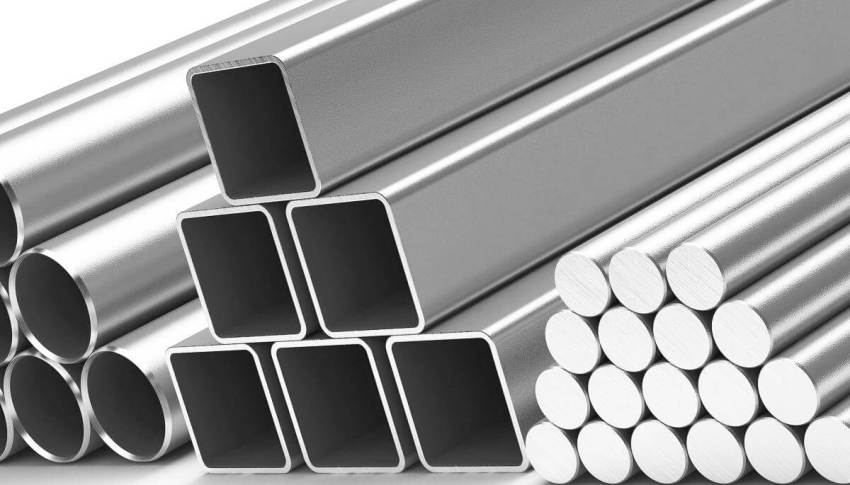
Depending on the linear dimensions, the following types of pipes are distinguished: round, square, rectangular, oval, segmented, etc.
- rectangular;
- oval;
- segmental;
- ribbed;
- hex;
- octahedral.
The most popular in construction and industry is a round steel pipe regulated by GOST, the range of which depends on the method of manufacturing products. According to the production technique, pipes are electrically welded and seamless. The first type is divided into several varieties:
- products with straight seams;
- pipes with a spiral seam;
- profile;
- water and gas pipelines.
Seamless steel products are subdivided into cold-worked and hot-worked pipes.
Depending on the size of the outer diameter, pipes are distinguished:
- capillary - 0.3-4.8 mm;
- small diameter - 5-102 mm;
- average diameter - 102-426 mm.
In relation to the outer diameter to the value of the wall thickness of the product, there can be:
- extra thick-walled;
- thick-walled;
- normal;
- thin-walled;
- extra thin-walled.
Steel products have off-gauge, measured or short lengths. Products with cut edges and removed burrs belong to the first class, and simply cut to the second.
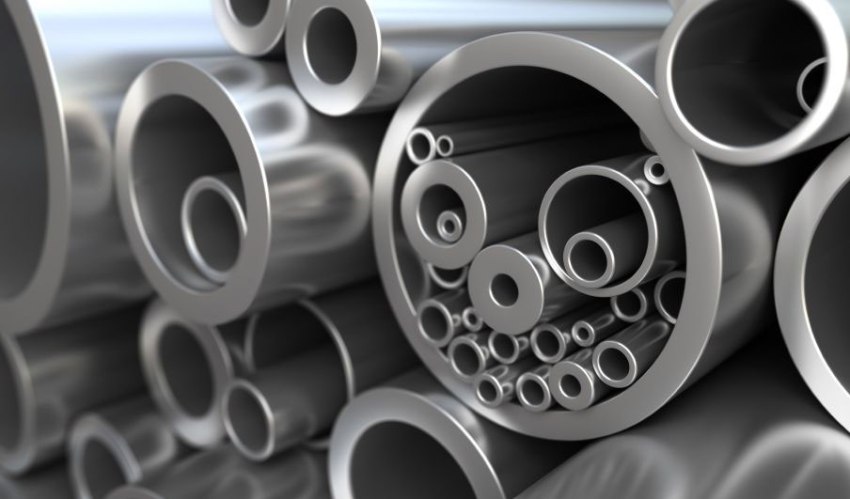
In relation to the outer diameter to the value of the wall thickness of the product, there can be: extra thick-walled, thick-walled, normal, thin-walled
Steel pipes are coated with an anti-corrosion coating. For this, extruded polyethylene, hot or cold galvanizing, cement-sand mixture, polyethylene (in one, two or three standing) and epoxy-bitumen composition are used.
Main technologies for the production of steel pipes
Steel pipes can be made with or without welded seam. In the first option, the production of products is based on rolling a flat sheet of steel. To obtain a straight joint, the steel strip is rolled into a pipe using rollers. The seam is welded using high frequency current or a tungsten electrode in an inert gas.
Important! This welding method ensures the tightness and strength of the welded joint of the water-gas supply steel pipes. GOST 3262-75 establishes general technical requirements for the manufacture of these products.
To obtain a spiral seam, the steel tape is rolled up in a spiral.
Seamless products are made from steel rods using drilling, casting, hot or cold forming technologies. In the first case, the raw material is poured into a special mold with a rod. The second option involves drilling a hole in a steel cylinder. Both of the above methods are used in practice very rarely, which is associated with the laboriousness of the manufacturing process and high financial costs. Manufacturers predominantly use deformation methods.
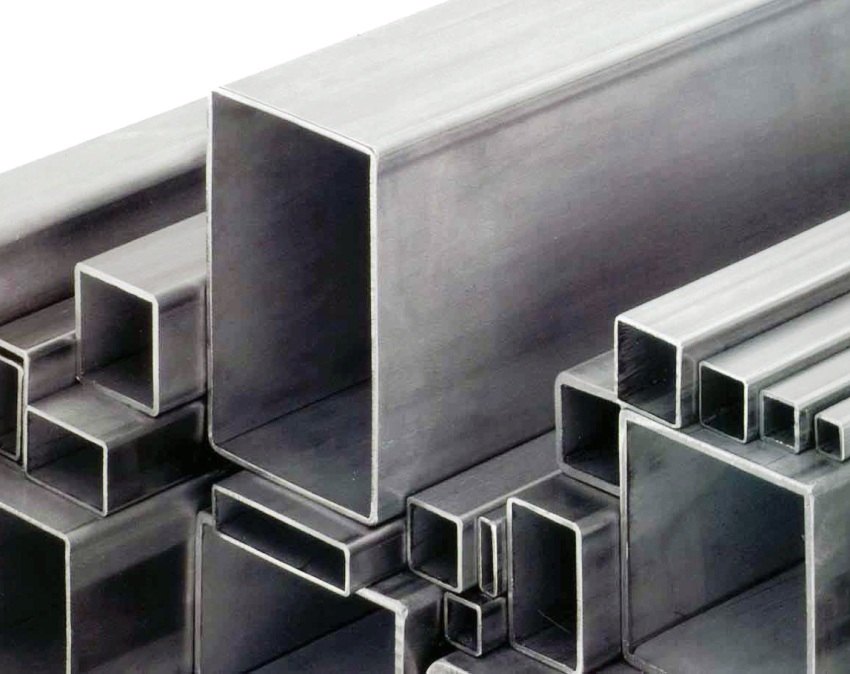
The production of pipes with a welded seam is based on rolling a flat sheet of steel and welding its joints
Seamless hot-rolled steel is made by heating a metal rod in a furnace to turn it into a cylinder, which is easy to do after the material has reached a plastic state. The resulting billet of irregular shape is processed on rollers, where a seamless hot-deformed steel pipe is brought to the required diameter and length.
In the cold deformation method, the cylindrical workpiece is pre-cooled before processing on the rollers. Further, until the moment of final calibration, it is fired.
Important! Thick-walled steel pipes are made exclusively by hot or cold deformation.
Technical features of steel pipes
Steel pipes are strong, reliable and durable products that can be used in various areas of construction, industry and everyday life. They can be mounted in an open or closed way. Steel pipelines can be used for transporting gases and liquids, as protection for signal and power cables.
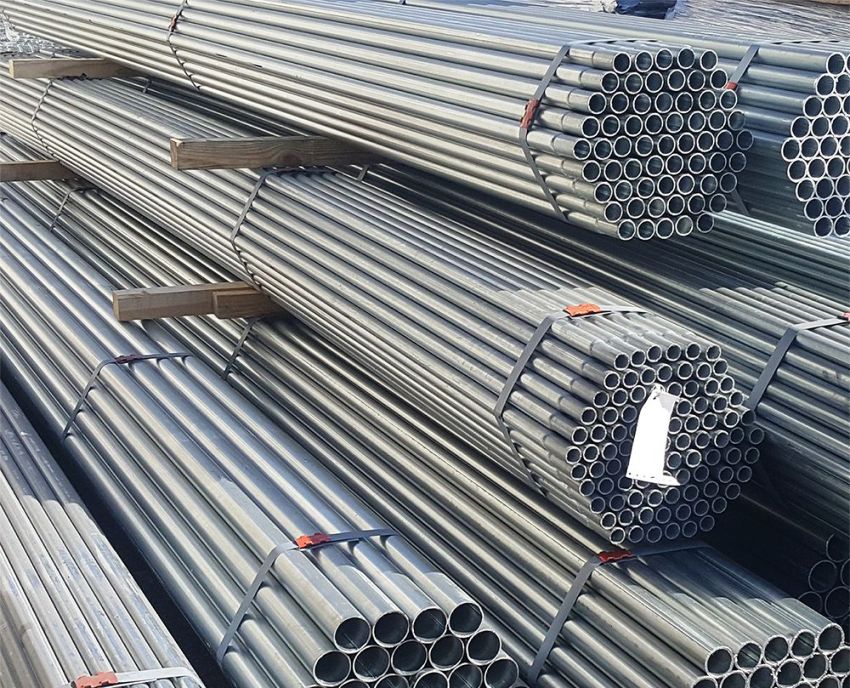
The main disadvantage of steel pipes is the high mass of the product, which depends on the diameter of the structure and the thickness of its wall.
Despite the high strength characteristics, the use of metal pipes has its limitations associated with freezing of products and their low resistance to the formation of corrosion and various deposits. In the case of their use for cold water supply, it is 10-20 years, for heating - 10-15 years. The material is able to withstand the working temperature of the liquid up to 130 ° C and the pressure up to 30 atm. Metal pipes are non-flammable and resistant to mechanical damage.
Useful advice! To ensure a long service life of a steel product, pipes with an anti-corrosion coating should be chosen.
Among the shortcomings of the material, one can single out the high weight of the product, which depends on the diameter of the structure and the thickness of its wall, high thermal conductivity, and increased internal roughness.The installation of metal pipes requires special equipment, high qualifications of the master and significant time costs. Since the material is not resistant to corrosion, the pipe should be painted after installation. This procedure will not only improve the aesthetic appearance of the product, but also extend its service life.
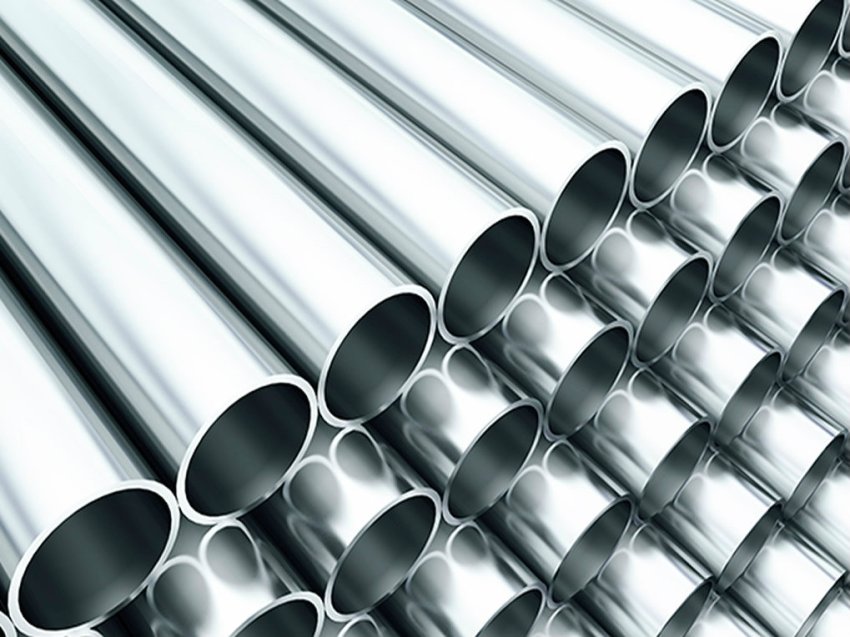
Steel pipes have high strength characteristics, but at the same time there are limitations associated with freezing of products and low resistance to corrosion
Scopes of metal pipes: GOST, compliance with the sample
General purpose steel pipes are widely used to transport non-aggressive liquids, gases and bulk materials. They can be used as fencing elements, to create supports and scaffolding. A round pipe (GOST regulates technical requirements) is used as a case for pulling in cable products. It is an indispensable element for irrigation and irrigation systems. Steel pipes have found their application in the gas and oil industry.
Important! For the arrangement of gas and oil trunk pipelines, a separate assortment of electric-welded steel longitudinal seam pipes is provided - GOST 20295-85.
For the construction of steel structures, bent closed steel rectangular and square profiles (GOST 30245-2003) are widely used. The range of square steel pipes determines the dimensions of the sections of products 40-300 mm with a wall thickness of 2-12 mm.
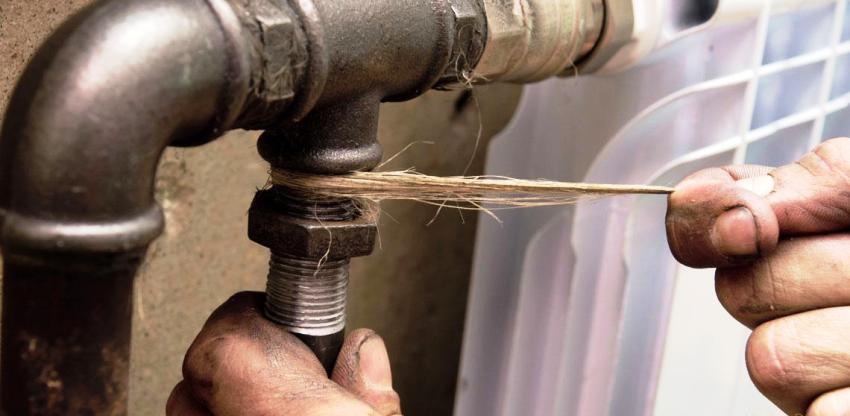
Steel pipes are used in the installation of heating systems, cold and hot water supply, gas pipelines
Profile steel pipelines are widely used in aircraft, shipbuilding and mechanical engineering, in chemical laboratories. When installing a heating system, cold and hot water supply, gas pipelines, water and gas supply products are mainly used. Due to their high performance characteristics, steel pipes are often used in the production of furniture elements. Straight seam steel pipelines are used in medium pressure systems and in the construction of steel structures.
Spiral seam products are used for laying heating mains, high-pressure main pipelines. It is not recommended to use them for main oil and gas pipelines.
For the transportation of highly toxic materials, exclusively seamless steel pipes are used. They are also used for pipelines that can withstand very high pressures, which include hydraulic systems, oil fields, gas and oil processing, and energy.
Range of steel pipes
GOSTs for steel regulate the assortments of steel products, which are determined depending on the production technology of the material, on the basis of which the type, brand and size of the product are established.
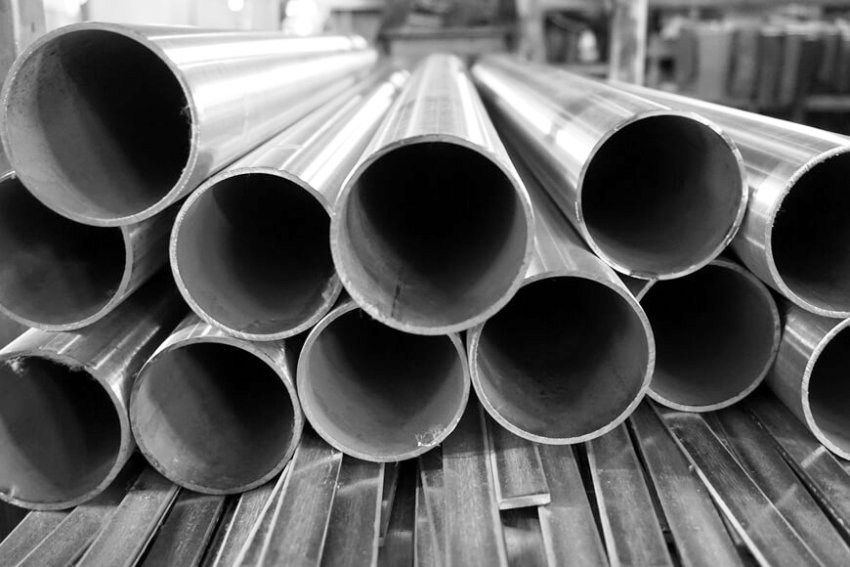
The assortment of seamless steel pipes is manufactured under cold rolling conditions using the principle of billet deformation
Steel pipes can be manufactured according to one of four technologies, which are defined by the current standard:
- hot rolling implies the production of seamless pipes from heated raw materials;
- cold rolling makes it possible to obtain seamless products from chilled material;
- welded longitudinal rolling yields metal products from sheet material with a straight seam;
- welded spiral rolling implies the technology of manufacturing pipe structures from sheet metal with a spiral seam.
The assortment of round steel or profile metal pipes made using hot-rolled technology is determined by two regulatory certificates: GOST 8639-82 and GOST 8732-78. In accordance with GOST 8639-82, the range of square steel pipes consists of products with a diameter of 60-180 mm and a wall thickness of 4-14 mm. The standard regulates the production of round metal pipes with a diameter of 20-700 mm, in which the wall thickness is in the range of 2.5-75 mm.
The assortment of seamless steel rectangular or oval pipes manufactured under cold rolling conditions using the principle of deformation of a cylindrical billet is determined according to GOST 8639-82, GOST 8645-82, GOST 8734-75, GOST 8642-68.
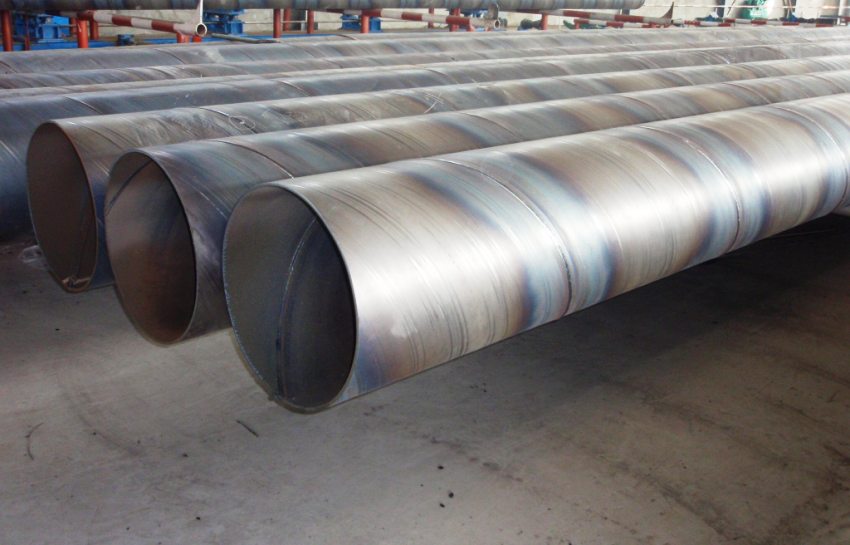
Welded spiral rolling implies the technology of manufacturing pipes from sheet metal with a spiral seam
The first regulatory document concerns the production and characteristics of square steel pipes, GOST establishes a diameter range of 10-120 mm for them. GOST 8645-82 regulates the range of rectangular steel products ranging from 10x15 mm to 120x80 mm. The wall thickness for products varies between 1-9 mm. The third normative standard specifies the range of cold rolled round steel pipes. The size range is 5-250 mm. The wall thickness, which determines the standard size of the round steel product (GOST 8734-75), varies from 0.3 mm to 4 mm.
Related article:
Channel: product dimensions or how to choose a suitable profile
Channel according to GOST, their ratio with weight. The main characteristics and dimensions of the running grades are 10, 12, 14, 16 and 20.
The parameters of oval-shaped metal pipes will be determined by GOST 8642-68. The size range of the external section of products starts from 16x10 mm and reaches 90x32 mm. The wall thickness can be 0.5-2.5 mm.
GOST steel pipes longitudinal and spiral rolled
The assortment of welded steel products depends on the type of seam that joins the edges of the metal workpiece, which determines GOST. Electric-welded pipes with a straight seam are determined by the following standards: GOST 10704-91, GOST 8645-82, GOST 8642-68, GOST 8639-82.
Steel pipe (GOST 10704-91) is produced with a diameter of 10-1420 mm. The wall thickness of the product is in the range of 1-32 mm. GOST 8645-82 regulates the standard sizes of shaped pipes with a rectangular cross-section with dimensions from 15x10 mm to 230x100 mm. The thickness of the products ranges from 1 to 20 mm.
The following standard is used for metal products of oval cross-section, the dimensions of which are in the range of 6x3-90x32 mm. The wall thickness of the pipes can be in the range of 0.5-2.5 mm. GOST 8639-82 establishes the technical parameters for the manufacture of a square shaped pipe, the size of the sides of which starts from 10 mm and ends with 100 mm. For such products, the thickness values are in the range of 1-5 mm.
Important! GOSTs of steel pipes, in addition to standard sizes, regulate the level of permissible deviations in the linear dimensions of products.
The range of steel pipes with a spiral seam is regulated by GOST 8696-74. It defines the standard sizes for large-sized products made of round steel. The size range is in the range of 159-2520 mm. The wall thickness for a pipe with a section of 159 mm is 3.5 mm, and for a size of 2520 mm - 25 mm.
Features of hot-rolled steel pipes in accordance with GOST 8732-78
The range of hot-deformed pipes (GOST 8732-78) includes products with a diameter of 25-700 mm with a wall thickness of 2.5-7.5 mm. Such pipes are made from rolled, forged or continuously cast metal billets made of alloy or carbon steel.
When it is significantly heated to a high temperature, which depends on the grade of steel, a hollow cylinder is formed, which has an initially irregular shape. This process can be carried out on presses or screw tightening machines. The billet undergoes final forming on the rollers, as a result of which the round tube acquires an even shape.
The metal hollow cylinder is cut into 4-12.5 pieces of measured or unmeasured length. According to the current GOST, seamless hot-rolled steel pipes may have insignificant differences in wall thickness. The standard also defines the maximum permissible deviations in diameters seamless pipes.
The main advantages of hot-rolled steel pipes are strength, reliability, resistance to temperature extremes, durability and complete tightness, which is ensured by the absence of a seam.
The price of seamless steel pipe exceeds the cost of welded products. However, the price is fully justified due to the high technological characteristics. Hot-rolled pipes are actively used in the oil industry, heat supply, energy, gas and water supply, mechanical engineering and construction.
Cold formed seamless pipes
The method for the production of cold-worked products differs significantly from the method for the production of hot-rolled pipes. GOST 8734-75 contains a list of standard sizes of seamless steel elements. The technological process is carried out using specialized rolling equipment in two stages: the workpiece is processed hot at a temperature not exceeding 450 ° C, then - by the cold method. Thanks to a special production technology, cold-worked pipes have a significantly increased margin of safety, which exceeds that of conventional pipes by 25%. This design is able to withstand a wide range of pressures and temperature fluctuations without losing structural integrity.
Another feature of the products is the high accuracy of the required wall size. Due to this characteristic, the pipes can be used in the construction of high-tech pipelines in the field of creating high-precision devices and machines.
Unlike other types of pipes, cold rolled products are bent at the required angle, which makes them in demand in the manufacture of electric lighting and furniture fittings.
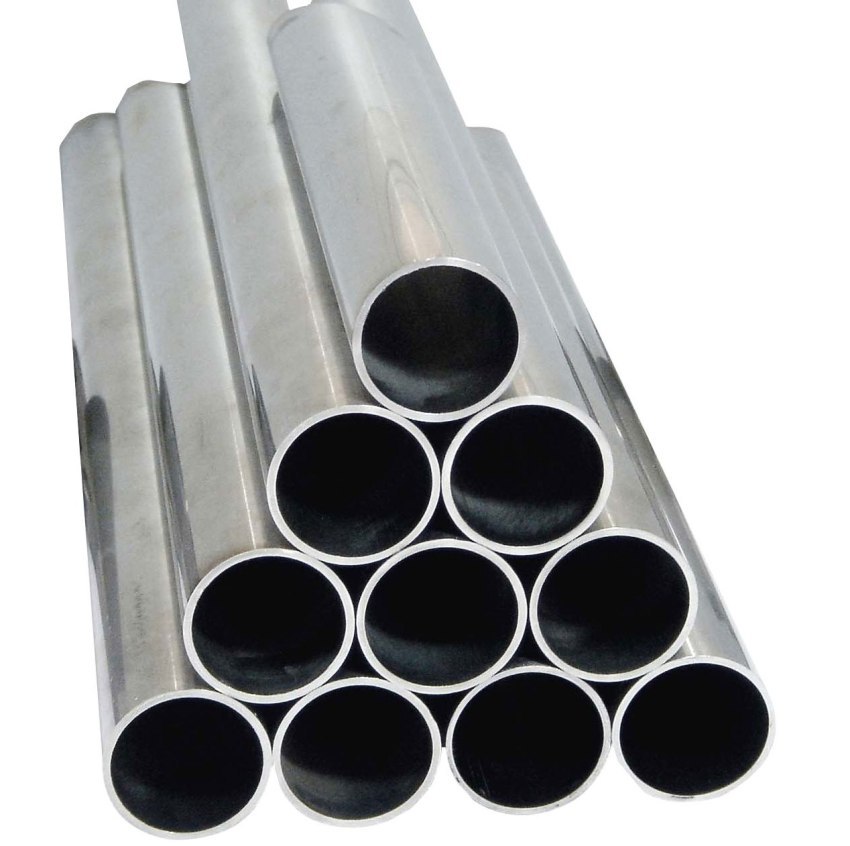
Cold-formed pipes are designed to withstand high pressure and temperature fluctuations without losing structural integrity
Features of steel water and gas pipes GOST 3262-75
A steel water and gas pipe (GOST 3262-75 regulates the product mix, the rules for accepting these products and the technical requirements for their manufacture) has found wide application in construction and mechanical engineering. It is used when laying engineering communications (mainly water supply networks). This is due to the compliance of high performance characteristics with the declared technical requirements.
The water and gas pipe is manufactured from a billet made of carbon steel. The prepared strip is sent for molding. Then, its ends are connected using electric arc welding to obtain a solid pipe. The finished product is subjected to heat treatment, which makes it possible to increase its strength and resistance to the negative influence of external factors, which increases the operational characteristics of the pipe.
The final stage of the technological process is the so-called X-ray inspection, thanks to which it is possible to verify the absence or presence of defects in the weld.
Depending on the strength, the product can be light, medium and reinforced, depending on the wall thickness. Steel pipes are also characterized by an accuracy rating. Products of normal accuracy are represented by non-galvanized pipes, the manufacture of which does not provide for precise control of the chemical composition of the raw material. The high precision group includes galvanized pipes used in the installation of global piping systems where special material characteristics are required.
Pipe assortments steel water and gas pipelines
The range of products is regulated by GOST 3262-75. Steel pipe can be either with cylindrical thread or without it. Water and gas supply products are produced in two types: galvanized and non-galvanized. They can be 10-80 mm in diameter. Depending on the size of the outer diameter and the nominal bore, the wall thickness of the products is determined, which varies from 2.5 mm to 4.5 mm.
This affects the weight of the pipe, on the value of which its cost depends.In this case, it should also be borne in mind that galvanized steel pipes are heavier than ferrous metal products. The length of the pipe is in the range of 4-12 m. Depending on this indicator, the products can be measured or unmeasured. The regulatory document strictly defines the presence of permissible deviations, the excess of which is diagnosed as a product defect.
Important! In the case of a rolled thread, it is allowed to reduce the length of the product by no more than 10%.
According to the current GOST for pipes, the surface of the product should not contain delamination, sunsets and cracks. However, the presence of insignificant deformations and flaws that were formed as a result of the technological process and do not have a negative impact on the quality of the product is allowed. This can be scale, stripping or dents.
If the product is galvanized, it must have a continuous coating of at least 30 mm thickness, which is not applied to the threads and pipe ends. Such a surface should not include impurities in the form of oxides, sintered charge, hartzinc, it cannot have blistering and contain signs of flaking from the steel base of the coating. In some places there may be slight deposits of zinc and some roughness. Interspersed with local flux stains and weak traces of pipe gripping by the lifting mechanism are allowed.
Important! In the absence of a galvanized coating within 0.5% of the total surface area, error corrections are allowed after the completion of the technological process.
Galvanized water and gas pipes must pass a distribution test. As a result of the check, the ability of the product to expand is determined until the appearance of visible cracks during the movement of the cone-shaped body in its cavity.
Longitudinal electric-welded pipe GOST 10704-91
Electric-welded longitudinal steel pipes (GOST 10704-91 establishes their range) are a popular type of steel products, which is justified by a wide range of subspecies and low cost.
In accordance with GOST 10704, pipes are made by using metal strips of a certain size, made of carbon or alloy steel. The workpieces are cut into strips of a given width and sent to welding, where they form an endless steel strip. On a roller machine, a round billet is formed from the strip, the ends of which are welded by one of the known methods. After hardening, the finished product undergoes calibration and seam quality control. The finished pipe is cut into measured pieces of a given length.
According to GOST 10704-91, a longitudinal electric-welded pipe can have a diameter of 10-1620 mm. The standard also regulates the wall thickness of the product, which is in the range of 1-32 mm, which depends on the pipe diameter. The measured length of pipes is 500-600 cm for a diameter of up to 70 mm, 600-900 cm for a diameter of 70-219 mm, 10-12 m for a size of 219-426 mm. Products over 426 mm in diameter have unmeasured lengths.
Important! Longitudinal electric-welded pipe can be made of any length based on an individual order.
According to GOST 10704-91, electric-welded pipes belong to one of the accuracy classes. For first class products, the ends are cut evenly, and then all burrs are removed. The second grade of accuracy assumes the presence of rough ends with burrs.
In accordance with GOST 10704-91, an electric-welded steel pipe can belong to one of the following categories (depending on the chemical composition):
- group A includes products that can withstand high mechanical loads;
- group B - pipes that perceive chemical influences of various kinds;
- group C - products that combine the characteristics of groups A and B;
- group D consists of pipes that have increased resistance to internal and external pressure.
Advantages and scope of longitudinal steel pipes
Longitudinal electric-welded steel pipe (GOST 10704-91 regulates the possible product dimensions and maximum deviations from them) can have a round, oval or rectangular profile. The products are characterized by the following advantages:
- increased throughput;
- reduced susceptibility to aggressive environments, due to which the product can be used at different facilities;
- resistance during contact with chemical elements, which makes it possible to use pipes at enterprises;
- low rate of thermal expansion;
- high strength;
- resistance to mechanical stress;
- long service life;
- low cost.
High technical and operational features make it possible to use longitudinal electric-welded steel pipes (GOST 10704 allows them to be made up to 18 m long) when installing main and local communication distribution networks of water supply, heating, gas supply. They are often used to transport oil (or in other aggressive environments). With the help of square profile elements, according to GOST 10704-76, you can create various structures in the construction industry.
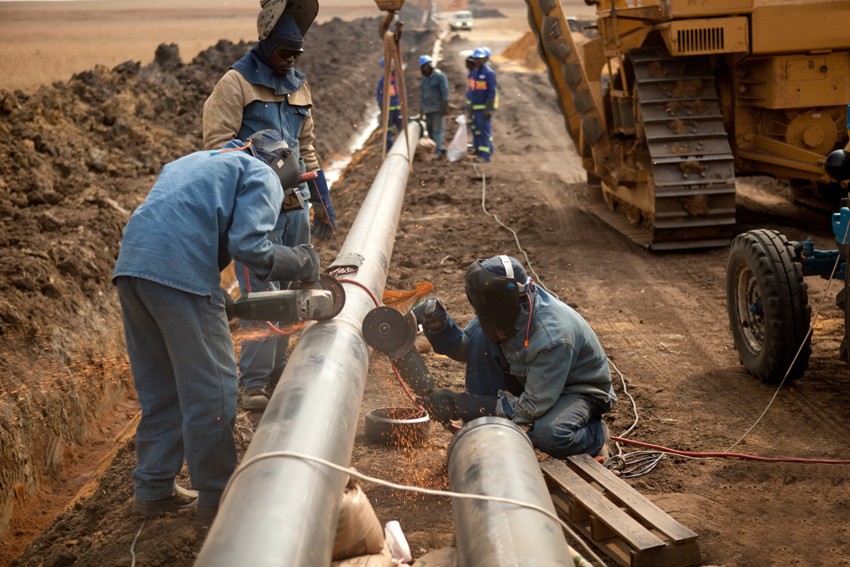
Longitudinal electric-welded pipes can be used for the installation of main and local communication distribution networks of water supply, heating, etc.
Important! Because the stiffeners provide good flexural strength, longitudinal electric welded pipes are a good alternative to I-beams.
Profile pipe assortment of steel
Steel shaped pipes are actively used in various fields of construction, mechanical engineering, and furniture production. Products on the modern market are presented in a wide variety. The assortment of shaped steel pipes allows to classify products. The tables contain information on the species composition of pipes, indicating the characteristics in the form of size, weight and wall thickness of products. The assortment is compiled separately for each type of pipes, which is established by the corresponding GOST. Profile pipes are made by welding or rolling using a special machine.
Important! Profile steel pipes cannot be used for transporting gases and liquids, creating water supply systems, heating and ventilation.
In accordance with GOST 13663-86, the assortment of steel shaped pipes determines the standard, non-standard and flat-oval type of section. The first option covers rectangular and square products, which are the most popular. Having four stiffening ribs, the products, despite their low weight, are able to withstand significant mechanical loads. They are used in the construction and repair of towers, buildings, towers and bridges.

Profile pipes made of steel are used in various areas of construction, as well as in furniture production
Non-standard shaped pipes have a triangular, polygonal, segmented or drop-shaped section. Such products find their application in extraordinary architectural solutions. The latter option is used in the construction of small structures with low weight. The area of use of pipes depends on the size of the section. Products with a low value are used for the installation of cable products, in the furniture industry and as a basis for creating decorative elements.
Shaped pipes of medium and large cross-section can be used in the construction of supporting structures, where these elements will act as support beams and partitions. They are widely used for production equipment and machinery, when creating outdoor advertising media. According to GOST 30245-2012, square steel pipes, the range of which has been expanded to a profile size of 500x500 mm with a wall thickness of up to 22 mm, can be used for these purposes.
The profile pipe has the following advantages:
- high durability of products;
- increased resistance to weight loads and mechanical stress;
- convenient form providing simplified loading, transportation, unloading and installation;
- light weight of the product, which helps to reduce time and effort when laying it;
- versatility of use;
- affordable cost.
The main disadvantage of a shaped tube is the difficulty in bending. This defect requires the involvement of specialists and the use of special equipment in the form of a pipe bender. Another problem is corrosion instability. To avoid destruction of the structure of the product, its surface is galvanized. This process is strictly regulated by the current standard.
Steel Pipe Assortment Table profile type of rectangular section
Steel profiled pipes of rectangular cross-section are rationally used in the construction of structures for which the direction of the main load is determined. This type of material is used in the construction of columns, beams, racks and frames of structures. Determines the range of rectangular steel pipes GOST 8645-68. Shown here are electric-welded, furnace-welded and seamless cold-worked and hot-rolled products.
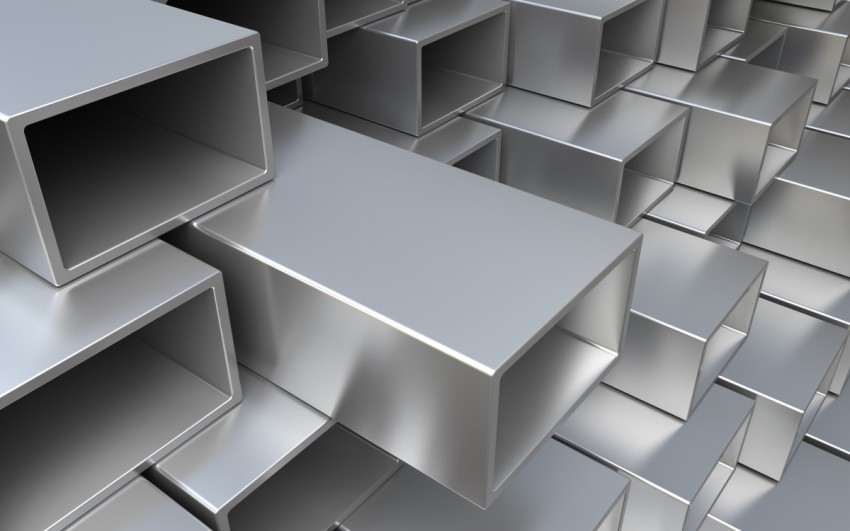
The steel profile pipe makes it possible to implement various architectural solutions and bold design ideas
According to the assortment, a rectangular steel pipe has the following characteristics: width varies within 15-230 mm, height - 10-100, wall thickness - 1-20 mm. The length of products can be measured and unmeasured. Pipes made by the hot-rolled method are characterized by a measured length of 4-12.5 m, by a cold-drawn method - 1.5-9 m, which corresponds to an off-gauge length, and 4.5-11 m - a measured one. For electric-welded pipes, the off-gauge length is 1.5-9 m, the measured length is 5-9 m.
This type of metal products has the following advantages:
- light weight, which provides convenient transportation and installation;
- high bending strength;
- right angles for easy storage and good mating with a flat base;
- the opportunity to implement various architectural solutions and bold design ideas.
The most popular product sizes are presented in the table:
| Size, mm | Length, m | Weight linear m, kg |
| 15x10x1 | 6 | 0,348 |
| 15x10x1.5 | 6 | 0,488 |
| 20x15x1.5 | 6 | 0,810 |
| 25x15x1.5 | 6 | 0,930 |
| 25x15x2 | 6 | 1,225 |
| 30x10x1.5 | 6 | 0,841 |
| 30x10x2 | 6 | 1,08 |
| 30x20x1.5 | 6 | 1,08 |
| 30x20x2 | 6 | 1,39 |
| 35x15x2 | 6 | 1,39 |
| 35x15x3 | 6 | 1,95 |
| 40x20x2 | 6 | 1,7 |
| 40x20x3 | 6 | 2,42 |
| 45x20x2 | 6 | 1,86 |
| 45x20x4 | 6 | 3,36 |
| 50x30x3 | 6 | 3,36 |
| 60x30x2 | 6 | 2,79 |
| 80x40x2 | 6 | 3,01 |
| 80x40x2 | 6 | 3,73 |
| 100x50x2 | 12 | 4,58 |
| 100x50x3 | 12 | 6,93 |
| 100x60x3 | 12 | 7,6 |
Range of square pipes according to GOST 8639-82
Profile pipes of square section, the standard sizes of which are determined by GOST 8639-82, are very popular in the construction industry. The assortment of rectangular steel pipes contains a smaller assortment in comparison with products with a square profile. Here are presented pipes with an outer wall diameter of 10-180 mm and a wall thickness of 1-14 mm. The smallest value of the wall thickness belongs to the welded products of this type. An important parameter, which is regulated by the standard, is the cross-sectional area. This value, which is in the range of 0.343-89.59 mm², allows you to determine the rigidity of the structure. The length of products, according to the range of square steel pipes, can be 6-12 m.
Profile pipes of square section are cold-rolled, hot-rolled and made using welded technologies.
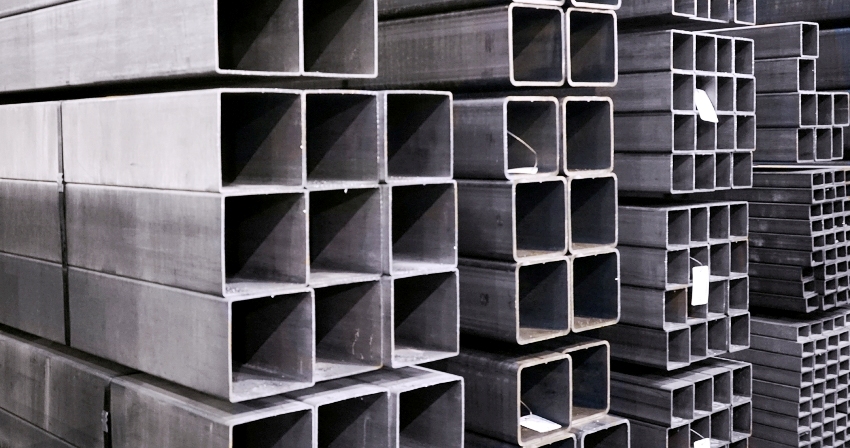
Profile pipes of square section are very popular in the construction industry; they are hot-rolled and cold-rolled
The square shaped tube is characterized by increased stability. Convenient size allows quick installation work. This type of pipe is often used as a reinforcing element required for the construction of frames and supports. The material is used in the construction of greenhouses, gazebos, advertising products, mechanical engineering, interior design, machine tool construction, furniture industry, construction of fences, manufacturing of non-standard production equipment.
The table shows the most popular standard sizes of a square shaped pipe:
| Linear parameters, mm | Length, m | Weight linear m, kg |
| 10x10x1 | 6 | 0,269 |
| 15x15x1.5 | 6 | 0,605 |
| 20x20x1.5 | 6 | 0,841 |
| 20x20x2 | 6 | 1,075 |
| 25x25x2 | 6 | 1,39 |
| 25x25x3 | 6 | 1,95 |
| 30x30x2 | 6 | 1,7 |
| 30x30x3 | 6 | 2,42 |
| 30x30x3.5 | 6 | 2,75 |
| 35x35x2.5 | 6 | 2,46 |
| 35x35x3 | 6 | 2,89 |
| 40x40x3 | 6 | 3,36 |
| 40x40x4 | 6 | 4,3 |
| 45x45x4 | 6 | 4,93 |
| 45x45x5 | 6 | 5,94 |
| 45x45x6 | 6 | 6,86 |
| 50x50x5 | 6 | 6,73 |
| 50x50x8 | 6 | 9,69 |
| 60x60x5 | 6 | 8,3 |
| 70x70x4 | 6 | 8,07 |
| 70x70x6 | 6 | 11,57 |
| 80x80x5 | 6 | 11,44 |
| 90x90x6 | 6 | 15,34 |
| 100x100x5 | 12 | 18,54 |
Steel preserving tubes: GOST 9567-75 - main document defining their assortment
Precision steel pipes are a special type of steel products that are distinguished by high strength, reliability, significant wear-resistant resource, stability in the perception of any kind of load. The construction of this material is resistant to various external influences. Steel precision pipes are regulated by a separate GOST 9567-75, since the manufacture of products requires compliance with special measures and increased accuracy.
The standard predetermines several types of precision pipes, which are classified depending on the version of manufacture and wall thickness:
- products with especially thin walls;
- thin-walled pipes;
- thick-walled products;
- pipes with very thick walls.
It is a seamless type of steel product with high isotropic stiffness criteria. Thanks to this, pipes with a very thin wall can be used to organize various systems of increased complexity and accuracy. The surface of precision tubes can be phosphatized, galvanized or oiled.
In the assortment for steel seamless pipes, GOST strictly prescribes the dimensions of products for which even the slightest deviations in values are not provided. Products are made of high quality metal. The inner surface has a perfectly flat cylindrical shape. The pipe diameter is clearly observed.
Possessing unique quality characteristics, this type of product is used in hydraulic mechanisms, the automotive industry, the energy industry, instrument making, and during the installation of high-pressure gas pipelines.
According to GOST, hot-rolled pipes have a measured length of 4-8 m, an unmeasured one - 4-12 m, cold-rolled pipes are characterized by a measured length of 4.5-9 m, an unmeasured one - 1-11.5 m.
Range of metal pipes with spiral seam
Steel spiral pipes are manufactured according to the principle similar to the production of longitudinal welded products. However, in this case, simpler mechanisms are involved. The main difference is that in the manufacture of the pipe, the metal strip is twisted with the help of rollers in a spiral, and not with a tube. This method creates high jointing accuracy at all stages of production.
Important! During an emergency, a longitudinal main crack will not occur on a pipe with a spiral seam, which is a dangerous deformation for any communication system.
The spiral seam is considered more reliable and provides the product with increased tensile strength.The disadvantages include the increased length of the seam, which requires additional costs for welding consumables and requires more time to complete the work.
The manufacture of spiral welded pipes is determined in accordance with GOST 8696-74. According to the standard, products can have a diameter from 159 mm to 2520 mm. The wall thickness varies from 3.5 to 25 mm. The length of the pipe can reach 10-12 m. The price of one meter of a steel pipe with a spiral seam exceeds the value typical for a longitudinal seam product. However, these costs are justified, especially if the system needs a flawlessly accurate, perfect connection.
This type of pipe is distinguished by its great endurance, high pressure resistance. They can be used in everyday life, for the installation of stable communication systems and for industrial purposes.
Despite the great popularity of polymer pipes, metal products are still in significant demand. This is due to their high technical and operational characteristics, which are strictly regulated by GOSTs for each type of pipe. When choosing a quality product, you should give preference to products made in accordance with the regulatory requirements of current legislation.
